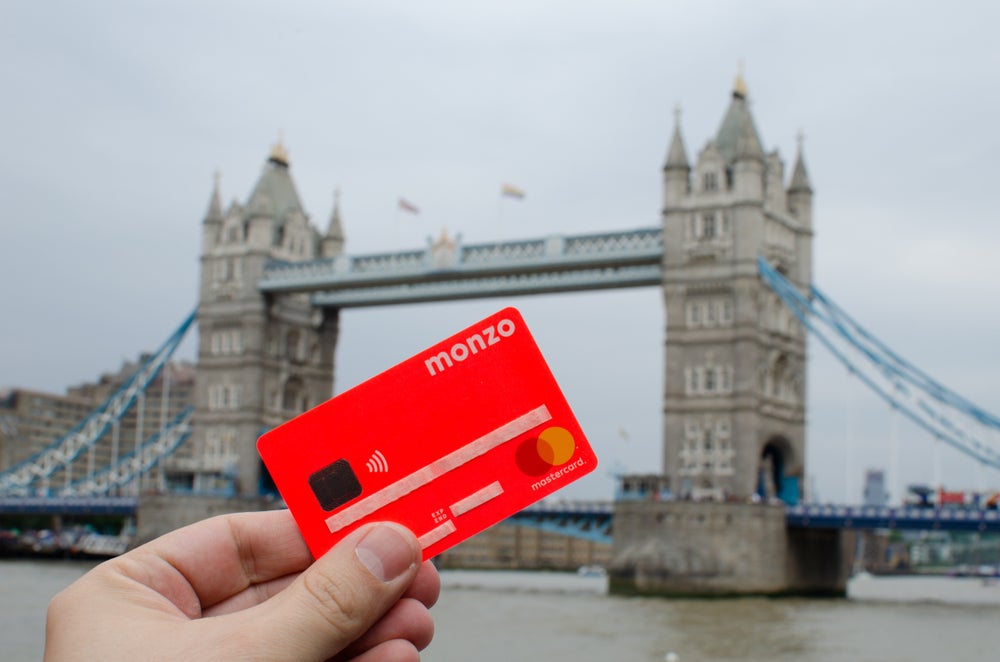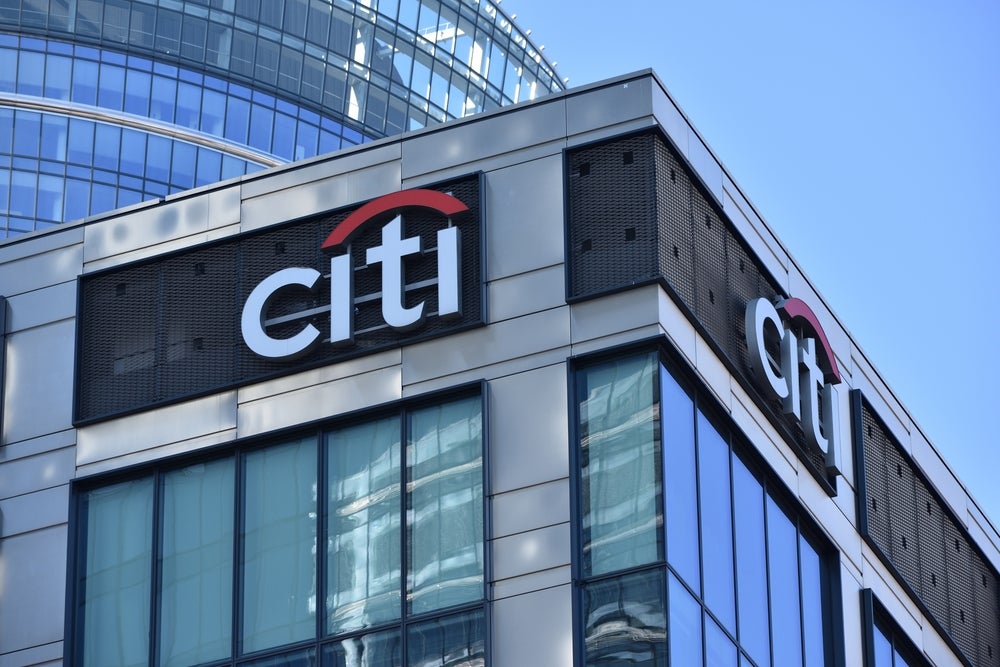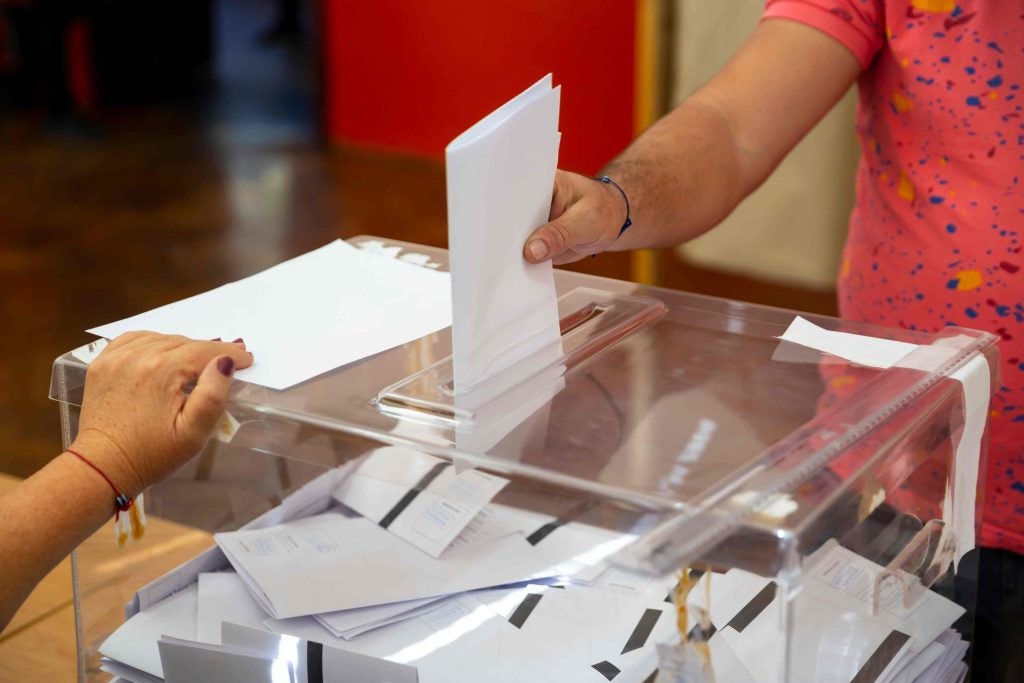Erste Bank’s Romanian subsidiary, Banca Comerciala
Romana, has rebranded itself as it looks to dominate the
fast-developing Romanian retail banking market. As part of a major
strategic push, BCR has launched a range of products and is
investing in its multi-channel distribution network, writes Douglas
Blakey.
Banca Comerciala Romana (BCR), Romania’s largest bank, is to hit
the fast-developing Romanian retail banking market with a blitz of
branches, ATMs, adverts and new products as it looks to not only
maintain its lead in the country but also take the Romanian market
to a higher level of competition. It has streamlined its image and
rebranded, adopting the distinctive font of its parent group,
Austria’s Erste Group.
BCR is expecting to increase net profit by at least 40 percent this
year and by the same annual rate on average for the next two years.
It is seeking to boost profitability through a cost-cutting
programme, in particular a plan to cut around one-quarter of its
10,600 work force by the end of 2008, and has set a cost-income
ratio target of about 40 percent by 2009, compared with over 55
percent in 2006. The targeted ROE by 2009 is above 35 percent, up
from 20 percent in 2006.
A comprehensive overhaul of the bank’s retail activity is planned,
focused on distribution and products, including the launch of a
telephone banking service. Specialised mortgage centres are to be
opened to exploit the country’s potential housing growth; the bank
is also investing heavily in an expanded retail branch and ATM
network.
“At the beginning of the year we made a thorough analysis of the
BCR product range for our retail clients. As a result, we
eliminated 14 products from the retail portfolio and we improved
the characteristics of the existing products,” said BCR spokesman
Corneliu Cojocaru in an interview with RBI. “BCR is a
universal bank with a strong focus on retail banking. Retail
banking is the area showing the biggest development opportunities,
mainly in mortgage lending and personal banking services.”
The Romanian banking system, 90 percent of which is foreign owned,
remains small and relatively concentrated. The largest five banks –
BCR, Banca Romana pentru Dezvoltare in which Société Générale is
the majority shareholder, Raiffeisen, HVB UniCredit and ABN AMRO –
represent 61 percent of the banking sector’s total assets.
How well do you really know your competitors?
Access the most comprehensive Company Profiles on the market, powered by GlobalData. Save hours of research. Gain competitive edge.

Thank you!
Your download email will arrive shortly
Not ready to buy yet? Download a free sample
We are confident about the unique quality of our Company Profiles. However, we want you to make the most beneficial decision for your business, so we offer a free sample that you can download by submitting the below form
By GlobalData“Foreign-owned banks provide a competitive environment in the
region. We benefit from the experience and expertise of Erste to
set the best policies and strategies in order to consolidate our
leading position in the local market,” said Cojocaru.
While BCR remains the dominant force in Romanian retail banking,
with a market share of more than 25 percent in retail loans and
total assets, it faces renewed competition, in particular from
rival Austrian group Raiffeisen, which claims a market share of
around 9 percent.
In a clear sign of the potential it sees in the Romanian market, in
early October Raiffeisen said that it plans to open approximately
220 new branches in Romania during 2008. At the end of September,
the bank also kicked off a new advertising campaign, with the
tagline ‘We succeed together’.
“A new branch for every workday of the year – our goal is to
further increase our market share,” said Raiffeisen Bank director
Steven van Groningen, quoted by the Austrian press agency APA. “We
have a clear mid-term strategy with objectives correlating with the
market conditions. We will aim at improving our market share and
profitability and decreasing our cost-income ratio.”


Banco Comercial Português, which tried and failed to acquire BCR in
2005, is investing in the Romanian market, and plans to open 40
branches this year in a €250 million ($355 million) phased
investment. Royal Bank of Scotland (RBS), Europe’s second-largest
bank by assets, is also now a player in the country, inheriting ABN
AMRO’s 20-branch network following the successful acquisition of
the Dutch group by the RBS-led consortium (see Global retail banking map redrawn as RBS gets
ABN AMRO).

On 1 October, BCR rolled out the first of a planned series of
new products – a packaged account called the BCR Current Account
Bundle – which the bank claims is the first packaged account in the
Romanian market. The account is quickly becoming a feature of Erste
subsidiaries in the region and is similar to Česká Spořitelna’s
recently launched Personal Account (see RBI 574) in the
Czech Republic.
The account is available in two formats, Basic and Plus, costing
customers RON3.99 ($1.70) and RON6.99 per month, respectively. BCR
believes it will yield additional interest income as well as
provide a new source of fee income from customers converting to the
new account.
Cojocaru said: “A major advantage of the new product is that it is
very easy to use, as it focuses on alternative sales channels so
that the customer does not have to go to the bank to carry out
various operations.”
Customers choosing the Basic account bundle will receive a current
account and debit card, the option to set up automated transfers to
a deposit account, as well as phone banking and an online banking
facility. In addition, the bank is offering customers a 50 percent
discount of its personal loan fees, in a promotion running until
the end of the year. The Plus bundle offers a MasterCard credit
card and a limited number of free bill payments made via phone or
online banking.

A new range of mortgage products is being launched and dedicated
mortgage advisers will operate from an expanded range of mortgage
centres. BCR will open six regional mortgage centres to co-ordinate
the activity of 23 mortgage offices throughout the country, ten of
which are already operating in Romania’s capital city,
Bucharest.
“We are building a more customer-oriented approach. The bank’s new
slogan ‘We think alike’ explicitly expresses BCR’s new attitude
towards the customer. Better customer service, clear and in-depth
segmentation, integrated financial products and services, extending
the distribution channels, cross-selling and extended training, are
just a few of the directions we are moving to,” said
Cojocaru.
BCR is now measuring customer service satisfaction levels with the
help of a polling organisation and has adopted the mystery shopper
scheme used by other parts of the Erste group. A sales incentive
scheme was introduced this year, rewarding branch employees on a
quarterly basis, with a view to enforcing the sales culture in the
branch.
BCR has targeted an ambitious increase in its cards portfolio by
the end of 2009 and expects its numbers of debit cards and credit
cards in circulation to increase by 59 percent and 400 percent,
respectively. It intends to increase its ATM network by 58 percent
in the next two years and raise its point of sale coverage by 156
percent in the same period.
A branch network expansion and refurbishment programme, which forms
a large part of the bank’s current three-year €120 million capital
investment programme, has enabled BCR to open 55 new branches this
year. Another 54 branches will open later this year, part of its
plan to operate 670 branches by the end of 2009, compared with 473
at the end of 2006.
A new online portal – http://www.bcr.ro/ – will enable customers
to apply online for cards, loans and other products, and will offer
online banking services. Self-service banking, currently being
trialled in 20 branches, will, the bank believes, increase the
sales capacity of its branch staff.
The distinctive font of Erste
In September, BCR released a new logo that adopts
the distinctive font of Erste, as well as incorporating a red S at
the end of the logo, which is a traditional symbol of Austrian
savings banks (Sparkassen) as well as a common brand
element of Erste Group and its subsidiaries. The red point above
the red S is a symbol for savings, and represents a coin entering a
savings box.
“The changing of the most important identification element of the
bank – its logo – shows that BCR is stepping into a new era. It is
much more than a change in letters and colours. We have a new, more
powerful logo for a new, stronger and better BCR,” said
Cojocaru.
The new logo is already displayed on the bank’s marketing and
advertising materials and by the end of the first quarter next year
the bank expects all BCR branches and ATMs to have been rebranded.
Working with its media agency, Young & Rubicam, the bank has
two advertising campaigns planned for the rest of the year,
incorporating TV, outdoor, print and online as the main ad
channels.
BCR has undoubtedly benefited from favourable economic conditions
in Romania – GDP growth will exceed 6 percent this year – and the
consequent rise in demand for financial products in a market that
was under-penetrated. Research published by Austria’s Raiffeisen
Zentralbank Österreich (see RBI
579) put the country at the top of the retail banking
growth chart for the Central and Eastern Europe region: in 2006 the
volume of loans to private households in Romania increased by 100
percent over the year before, compared to 73 percent in
Russia.
When looking at the individual CEE countries, the report said,
Romania achieved the second-biggest above-average growth dynamics
in 2006 on a euro basis. Serbia was highest (plus 51 percent)
followed by Romania (plus 47 percent), Ukraine and Russia (each
plus 42 percent), and then Bulgaria and Belarus (each plus 28
percent).







